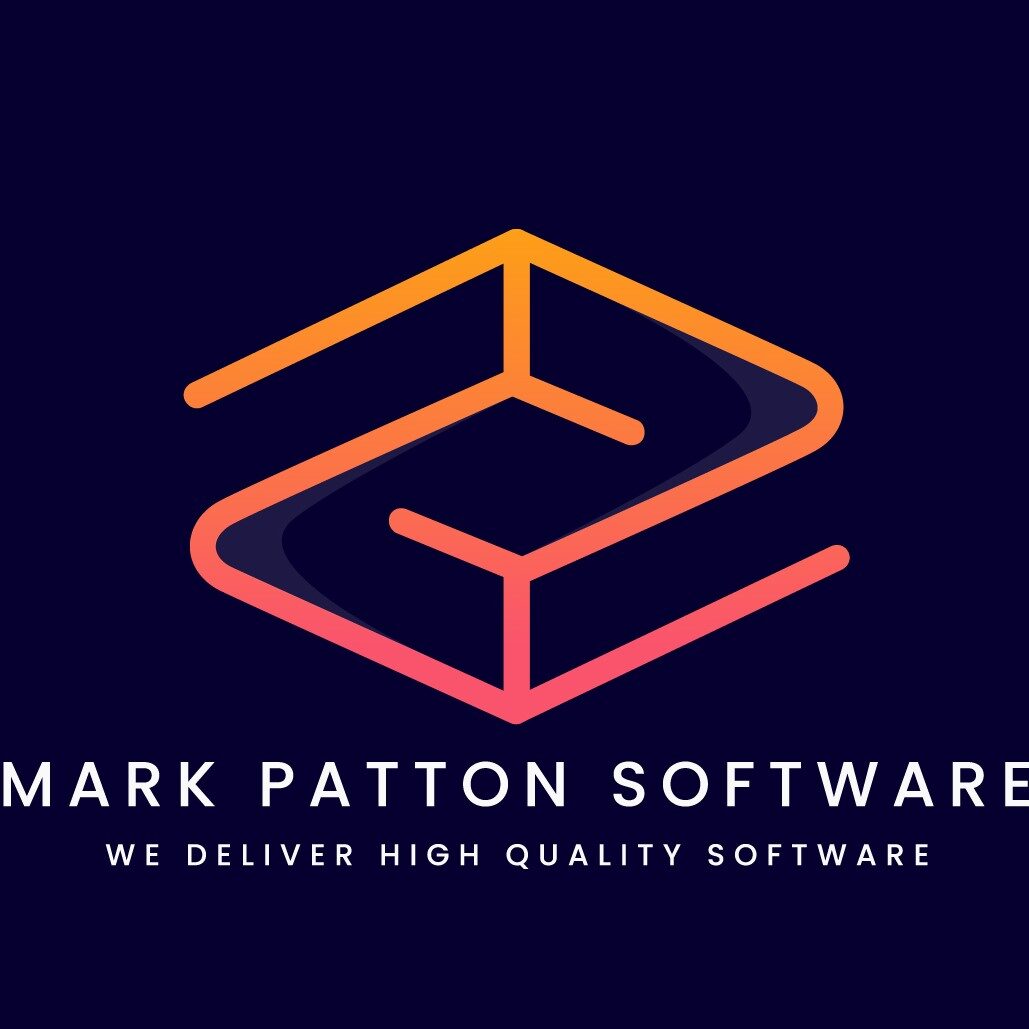Choosing the right software development methodology is a crucial decision that can significantly impact the success of your project. In the world of software development, two prominent methodologies, Agile and Waterfall, have emerged as popular choices. Each comes with its own set of advantages and challenges. In this comprehensive guide, we will delve into the differences between Agile and Waterfall methodologies, helping you make an informed choice for your project.
Agile Methodology
Agile is a flexible and iterative approach to software development that focuses on collaboration, adaptability, and delivering incremental results. It is well-suited for projects with evolving requirements and a dynamic environment.
Advantages of Agile:
- Flexibility: Agile embraces change, allowing teams to respond to new requirements and modifications without disrupting the entire project timeline. This is particularly beneficial for projects in rapidly changing industries.
- Frequent Feedback: Agile promotes continuous feedback from stakeholders, ensuring that the software aligns with their expectations. Regular check-ins help identify and address issues early in the development process.
- Quick Deliverables: Agile divides projects into smaller, manageable iterations called sprints. Each sprint produces a deliverable piece of software, ensuring that you have a functional product at the end of each cycle.
- Stakeholder Involvement: Agile involves stakeholders throughout the development process, fostering collaboration and ensuring that the final product meets their needs and expectations.
- Risk Mitigation: With regular testing and iterations, Agile reduces the risk of major project failures. Bugs and issues are identified and resolved early, preventing them from accumulating and causing significant setbacks.
Challenges of Agile:
- Complexity: Agile’s iterative nature can lead to more complex project management, especially for larger teams and longer projects.
- Requires Active Participation: Agile demands consistent involvement from stakeholders and team members, which might not always be feasible in some organizations.
Waterfall Methodology
Waterfall is a traditional, sequential approach to software development, where each phase is completed before moving on to the next. It is suitable for projects with well-defined requirements and a stable environment.
Advantages of Waterfall:
- Clear Structure: Waterfall’s linear structure provides a clear roadmap for the entire project, making it easier to plan and allocate resources.
- Documented Process: Each phase in Waterfall requires thorough documentation, making it easier to track progress and changes throughout the project lifecycle.
- Stable Requirements: Waterfall works well when requirements are well-defined and unlikely to change significantly during development.
- Predictable Timelines: The sequential nature of Waterfall allows for more accurate project timeline predictions, which can be beneficial for projects with strict deadlines.
Challenges of Waterfall:
- Limited Flexibility: Waterfall’s rigid structure makes it challenging to accommodate changes or modifications after the project has started.
- Delayed Feedback: Stakeholder feedback is typically collected at the end of the project, which can lead to costly changes or adjustments if requirements were misunderstood or misinterpreted.
- Higher Risk: Since testing and validation occur towards the end of the project, issues and bugs may accumulate, causing potential delays and setbacks.
Choosing the Right Methodology
The choice between Agile and Waterfall depends on various factors such as project scope, timeline, team structure, and the nature of requirements.
- Choose Agile if:
- Your project has evolving or unclear requirements.
- You prioritize stakeholder involvement and regular feedback.
- Flexibility is crucial due to a dynamic environment.
- Choose Waterfall if:
- Your project has well-defined requirements and a stable environment.
- You have strict deadlines and need accurate timeline predictions.
- You can collect comprehensive requirements at the beginning of the project.
Conclusion
Agile and Waterfall methodologies offer distinct approaches to software development, each catering to different project scenarios. While Agile is ideal for projects with evolving requirements and a need for flexibility, Waterfall suits well-defined projects with stable requirements. The key is to evaluate your project’s unique characteristics and constraints to determine which methodology aligns best with your goals. By making an informed choice, you set the foundation for a successful software development journey.

